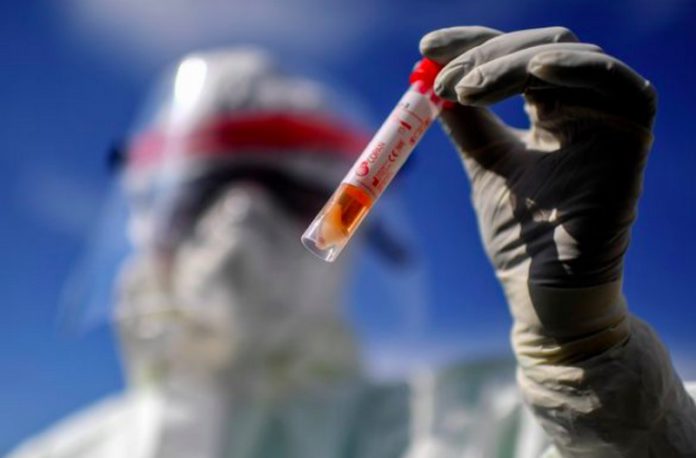COVID-19 test false negative: Why do some patients get false negative even after contracting coronavirus? Here is the reason
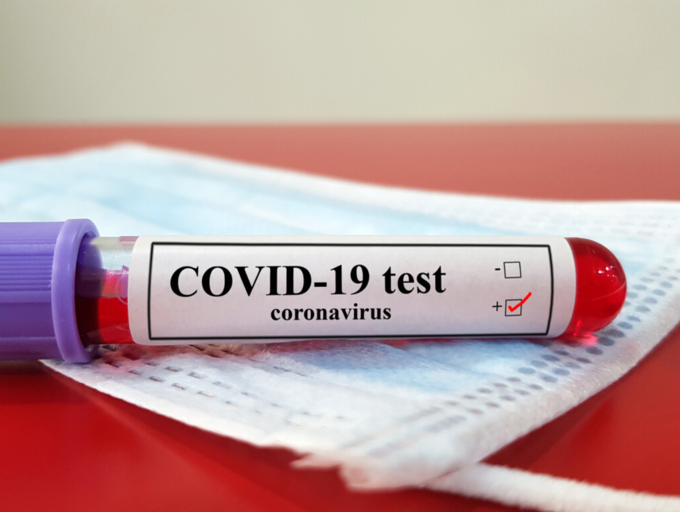
The total number of positive coronavirus infections has touched a shocking 6.15 million mark and the number may continue to rise as countries across the world are easing lockdown restrictions. The growing number of infections and fatalities is already overwhelming the medical care system and putting an enormous amount of strain on our healthcare workers. Even though scientists and medical experts are working round the clock to develop a vaccine to battle COVID-19, experts believe that it may still take anywhere between 12 to 18 months.
02/7The reason behind COVID-19 test false negatives
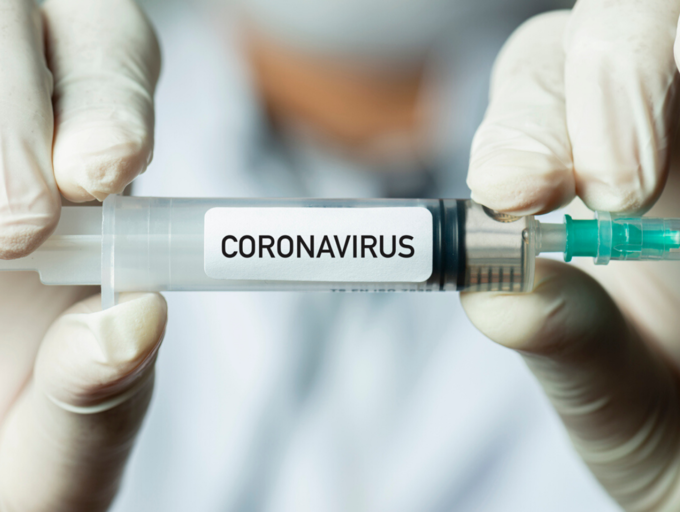
In addition to the highly contagious nature of the virus, another scary aspect is the inaccuracies of theCOVID-19 test which result in false negatives. A false negative is not only worrying for the patient, but he/she can also turn into a silent carrier of the novel coronavirus, without accurate results. A false negative is when the virus does not show up in the tests even though the person has contracted the infection.
As of now, there are two main types of tests for detecting COVID 19 ie. RT-PCR test and antibody tests, out of which the reverse-transcription polymerase chain reaction test are excellent in ideal conditions. The RT-PCR test is a molecular test for which swabs are taken from the far back of the nose and mouth, while the antibody test is done by collecting blood samples.
03/7The case of false negatives
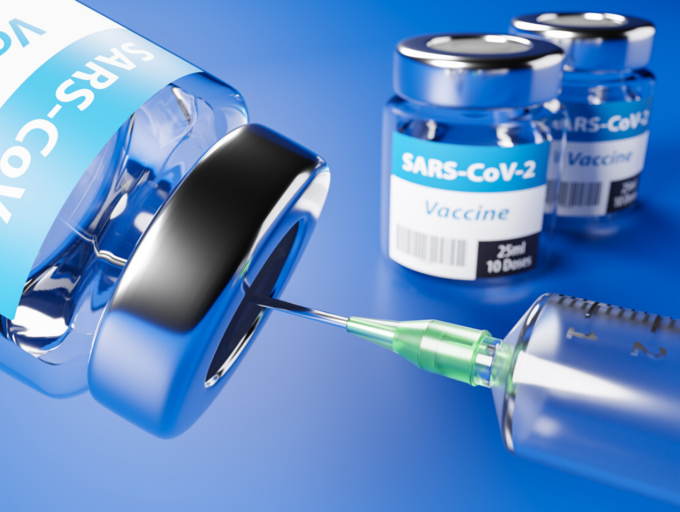
There have been a lot of reported cases of mild symptoms snowballing into a severe COVID illness as the diagnostic tests dismissed the presence of novel coronavirus. So, even when a patient has clear symptoms ofCOVID-19 and CT scan shows a clear indication of the disease, if the swab test is negative, the person cannot be admitted to designated COVID 19 hospitals.
Infact early research is indicating that as many as 30 per cent of patients are battling the problem of false negatives and with no direct mandate from the government, their only option is to practise caution and quarantine themselves for the safety of others. Infact as more and more people are getting tested for the virus, experts believe that the results may not be completely accurate.
04/7Why are we getting false negatives
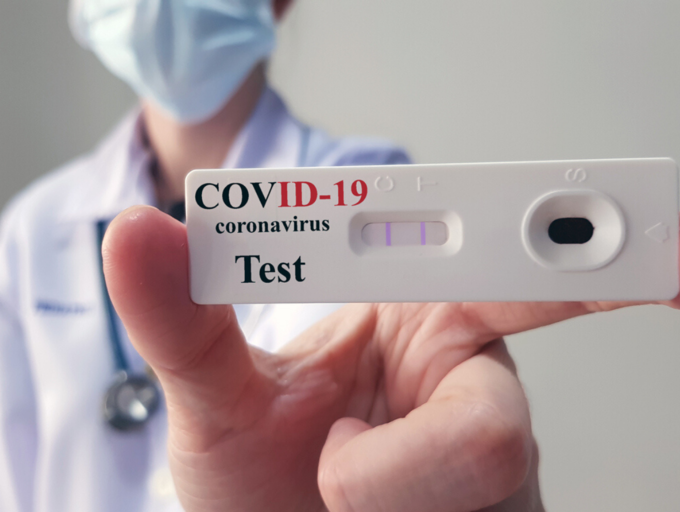
First things first. The problem with diagnostic tests for the SARS-CoV-2 virus is that it is has been bought into use without being tested extensively. This is because the sheer magnitude of the outbreak did not give enough time to the experts and tests had to be developed at a breakneck speed.
05/7The problem with collecting and processing specimens
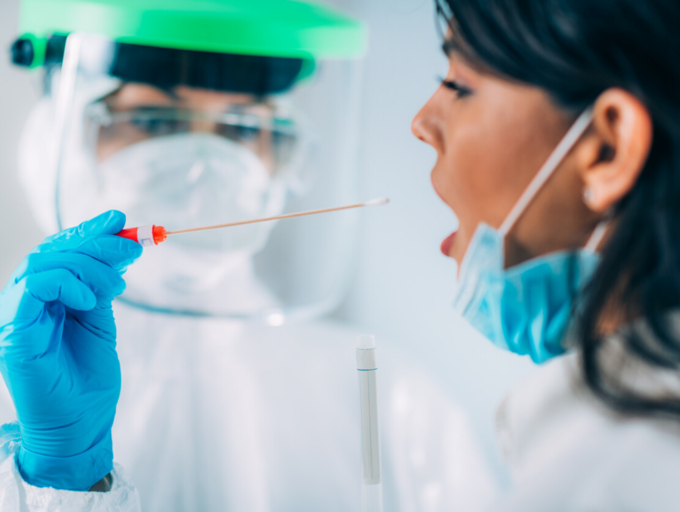
Experts also believe that how the specimens are collected may have a lot to do with false negatives than the tests themselves. For example, if the swab of the nose is not taken correctly from the far back of the nose and the mouth (where the virus supposedly places itself in the mucous membranes), there may not be enough of virus in the sample to detect in the test.
06/7Another problem
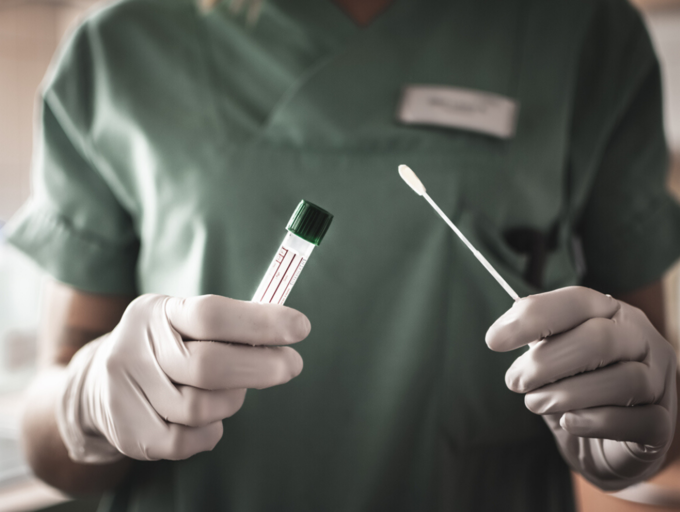
Another problem is that if there is not a lot of virus in the cells in the nose swab as it may have moved to the lungs, it will again result in a false negative. This is because the virus may shed in different amounts and may not be present in the back of the throat or nose when the specimen is taken with the help of a long nasopharyngeal swab.
Moreover, if the sample is not studied before the viral RNA breaks down, it can again lead to a false negative. Yes, so even if the specimens are collected correctly, the test can show negative if it is not processed correctly.
07/7The takeaway
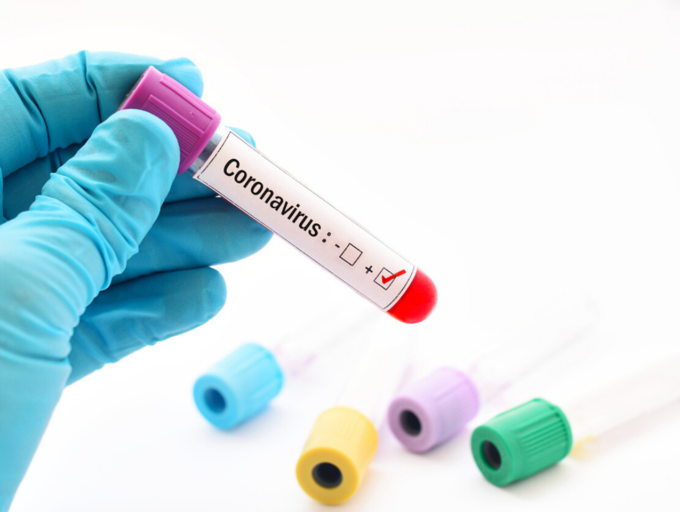
Experts believe that if even if you tested negative for the COVID 19 test but continue to display symptoms of the disease, you should isolate yourself and follow all the precautions as it is entirely possible that you may have got tested too soon for the virus to show up in swabs. It may usually take two false negatives tests (or three to four days after you have contracted the virus) for you to test positive for the disease.
Remember a negative test does not always mean that you don’t have the disease. If you have come in contact with a suspected coronavirus patient or develop telltale symptoms, it is strongly advisable to self-isolate and monitor your symptoms.

